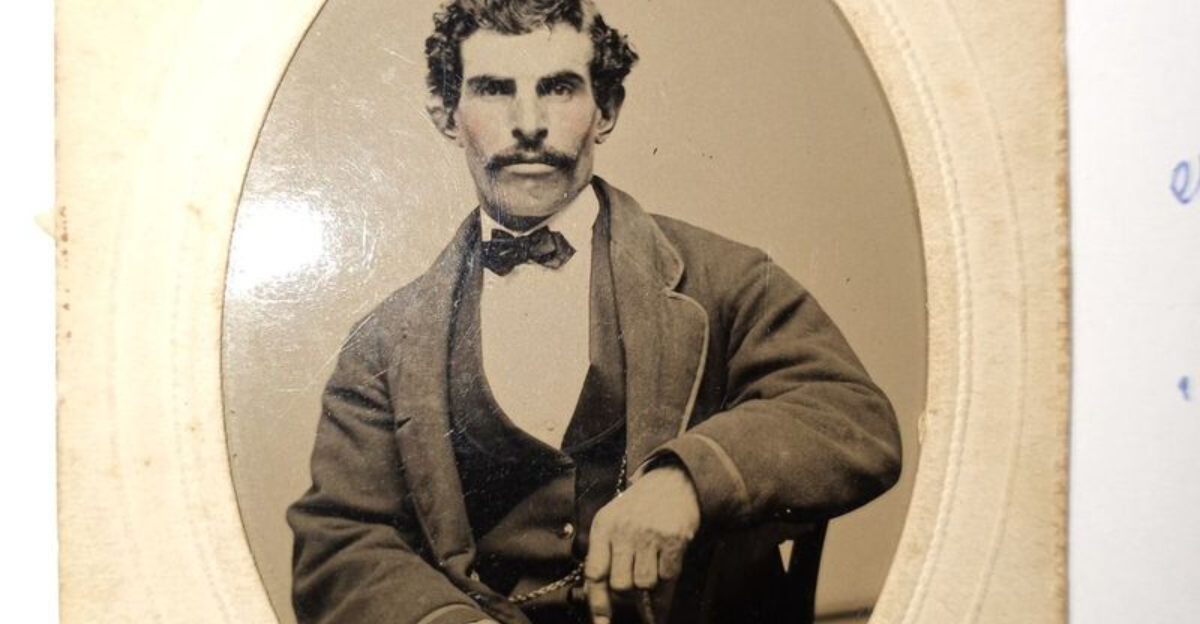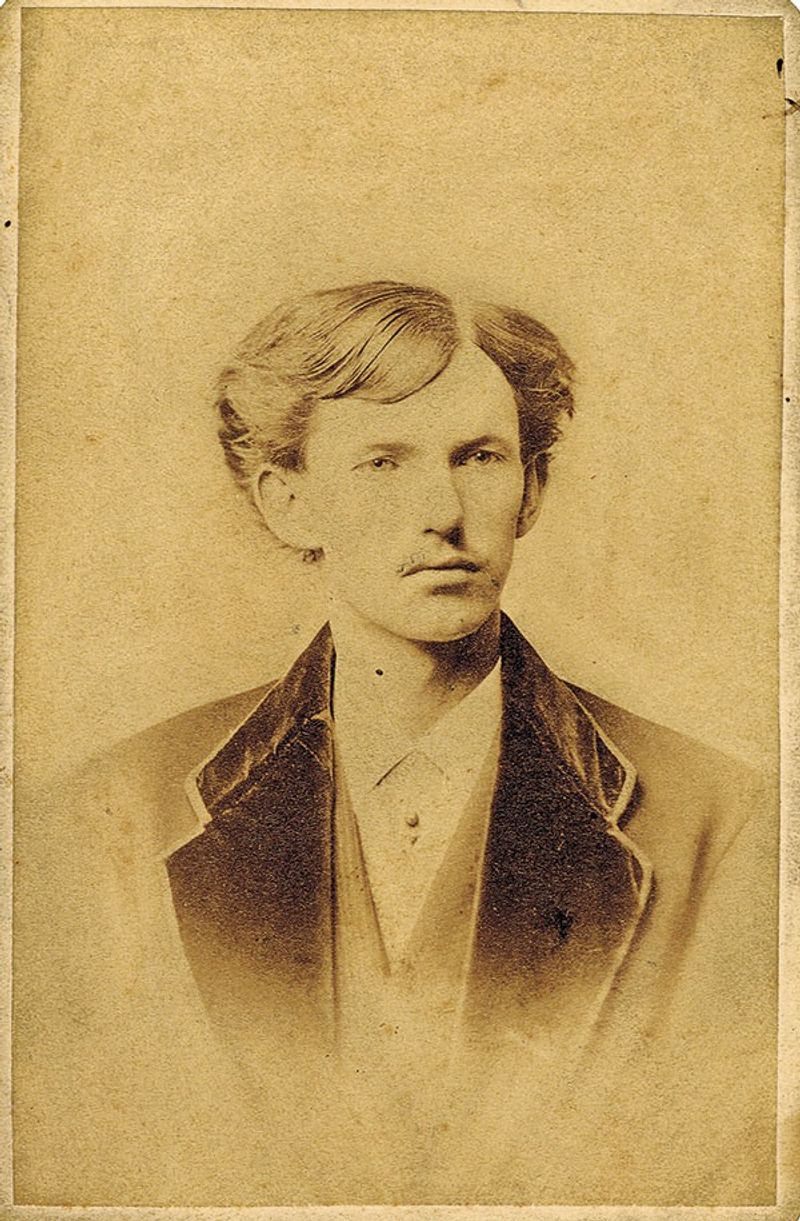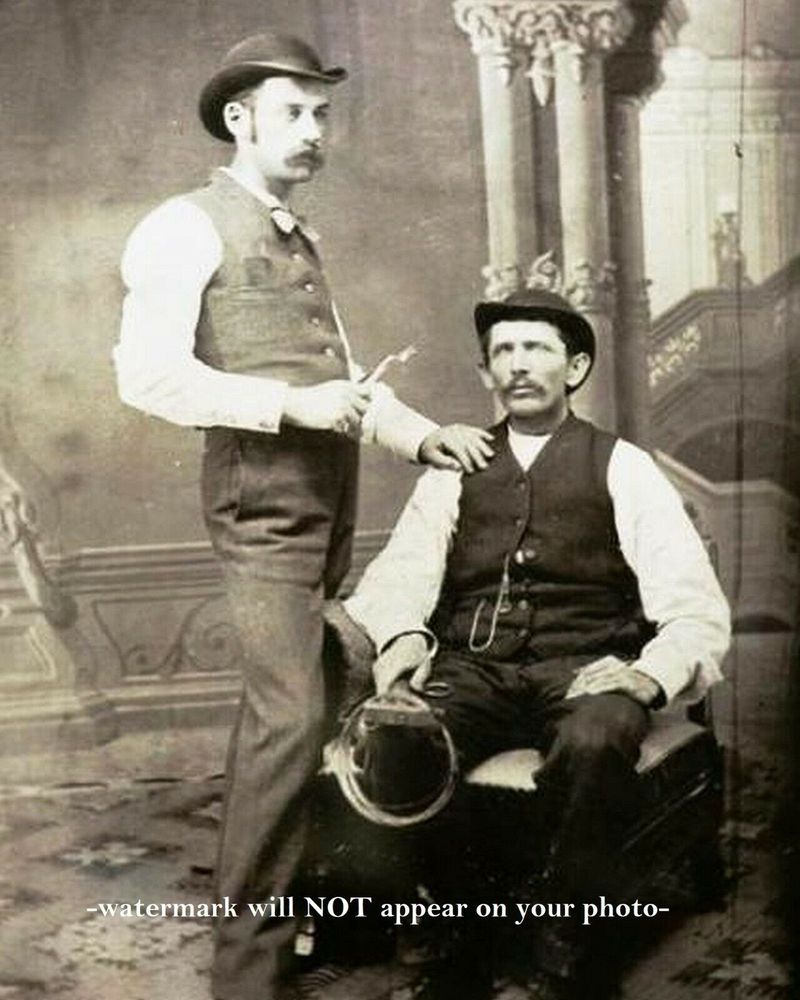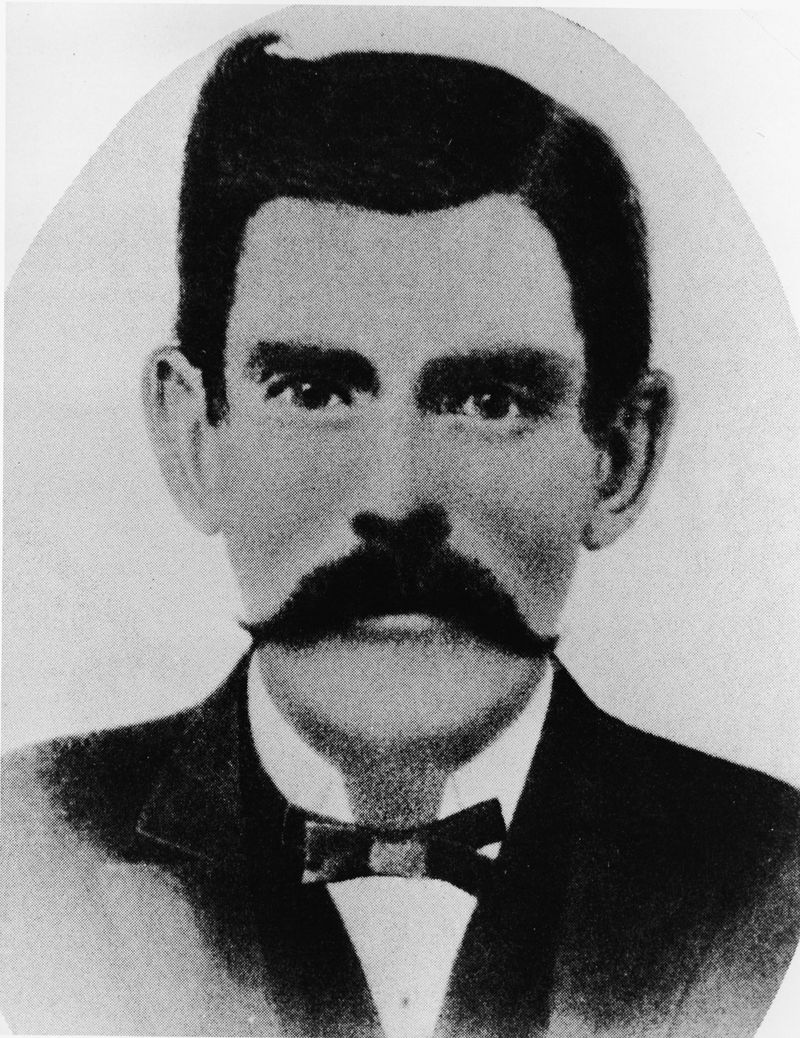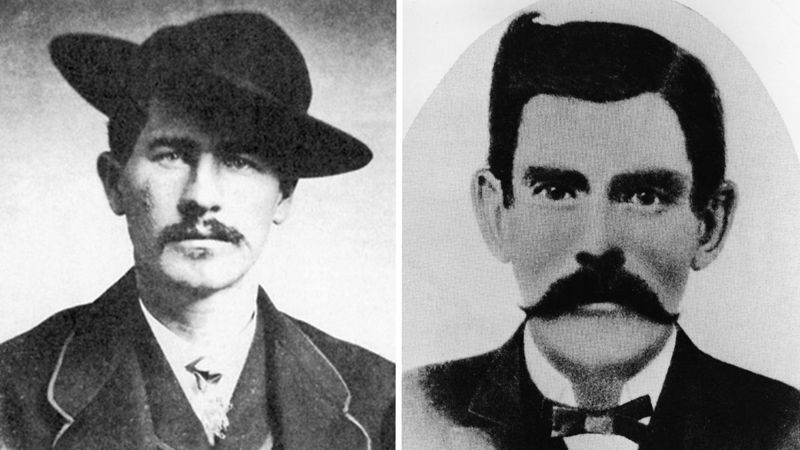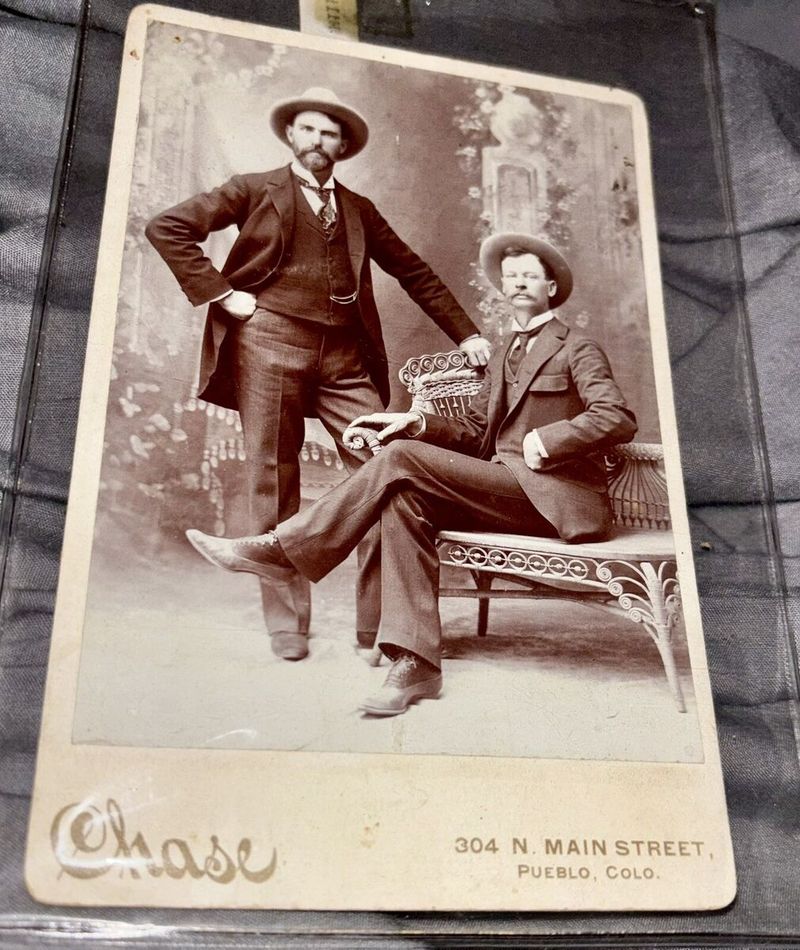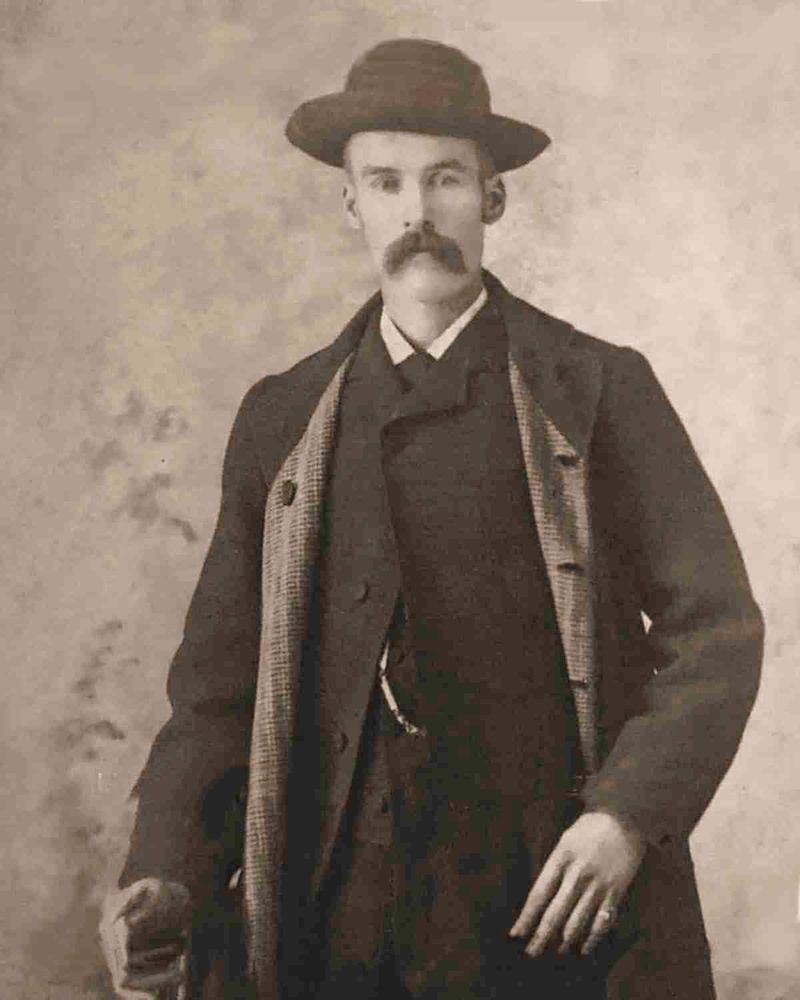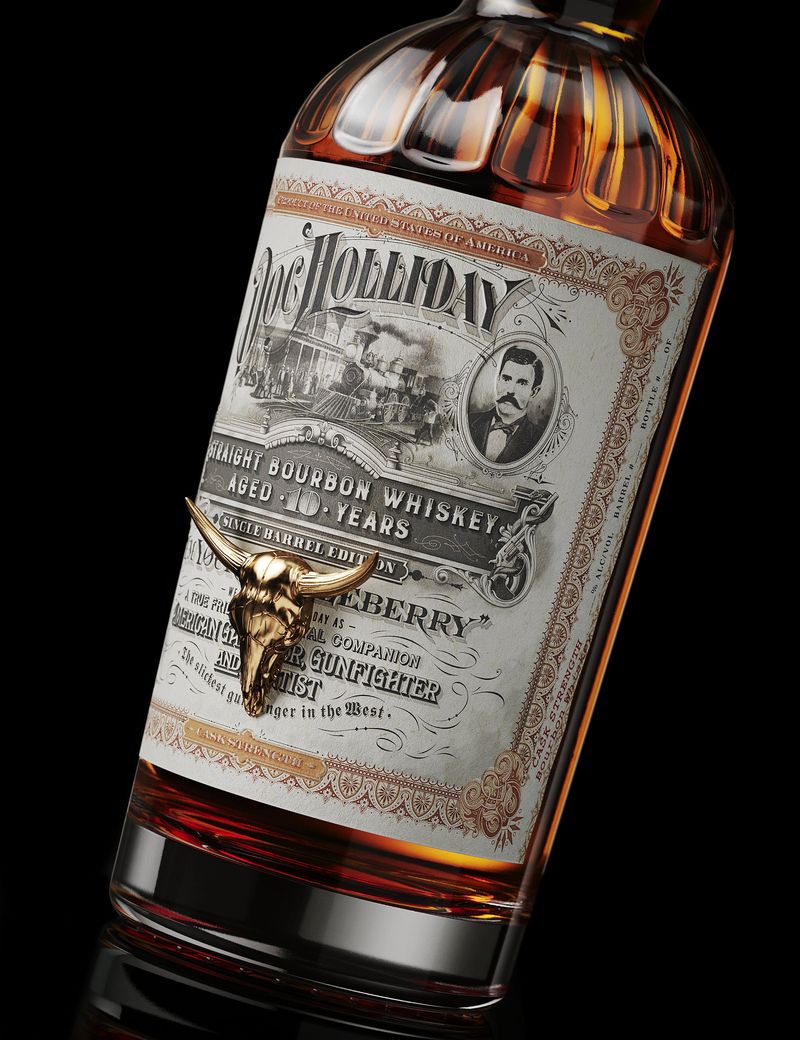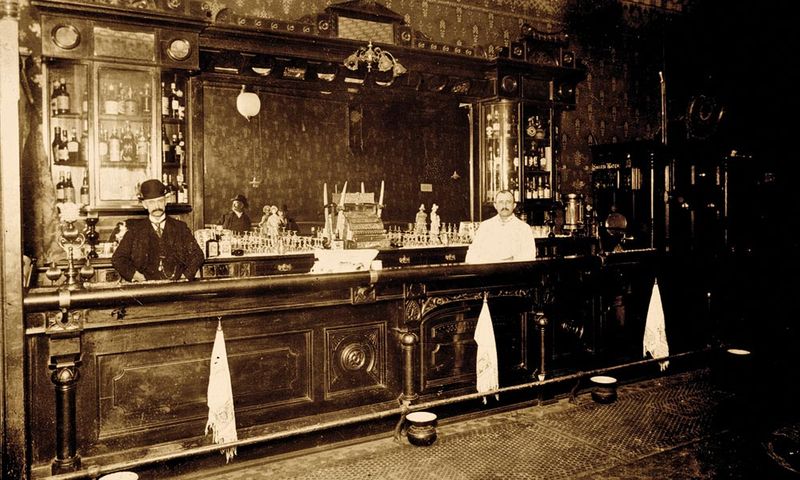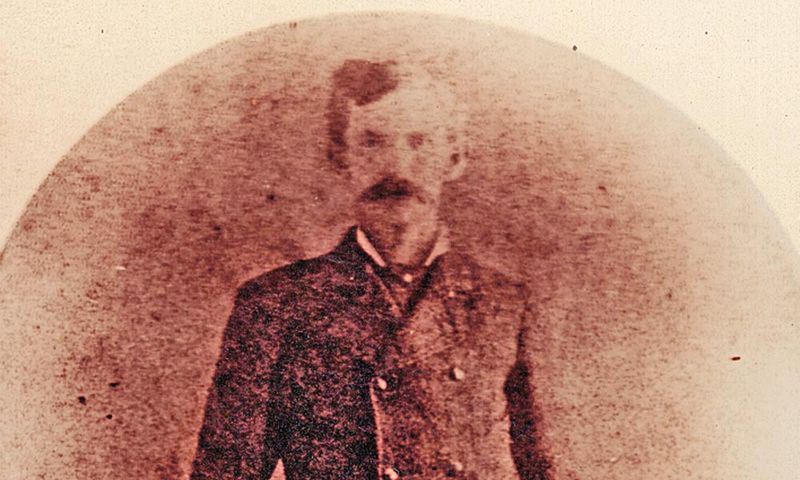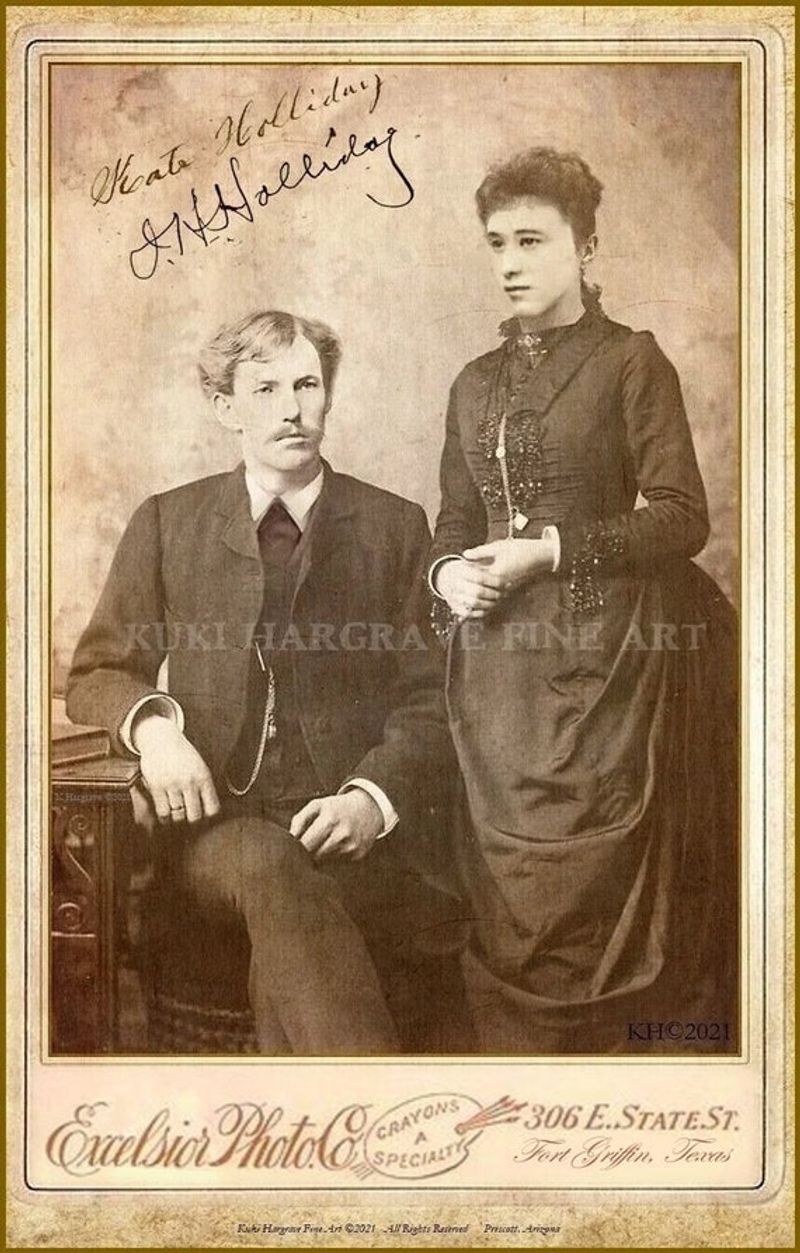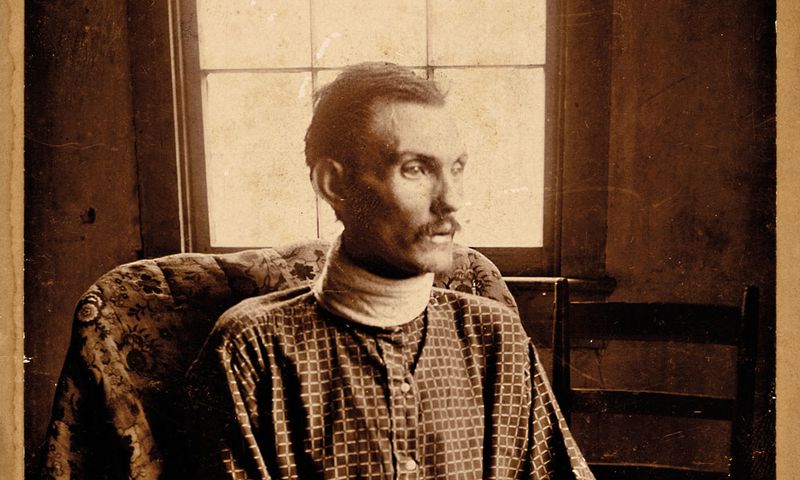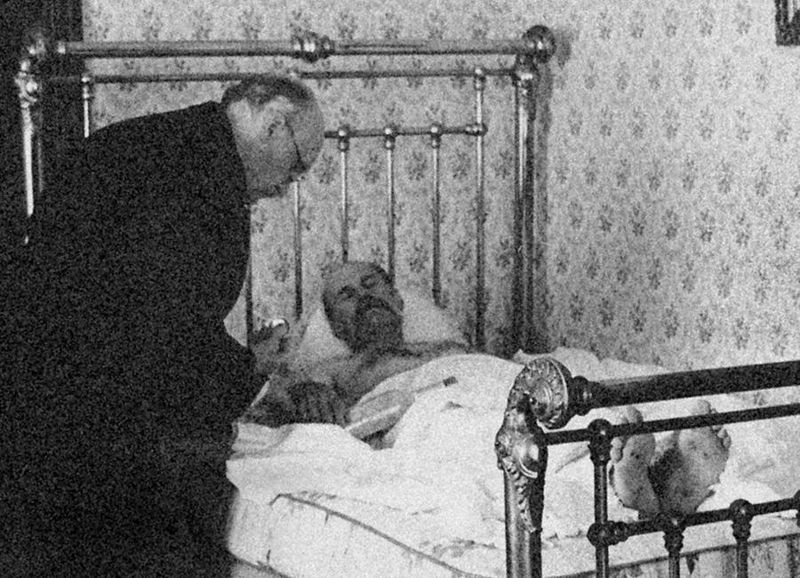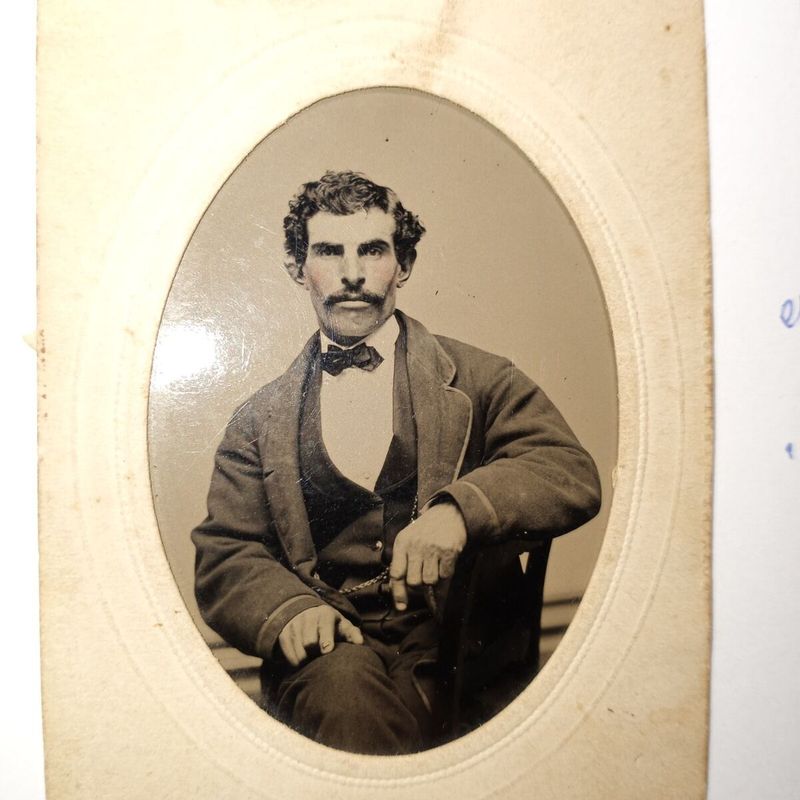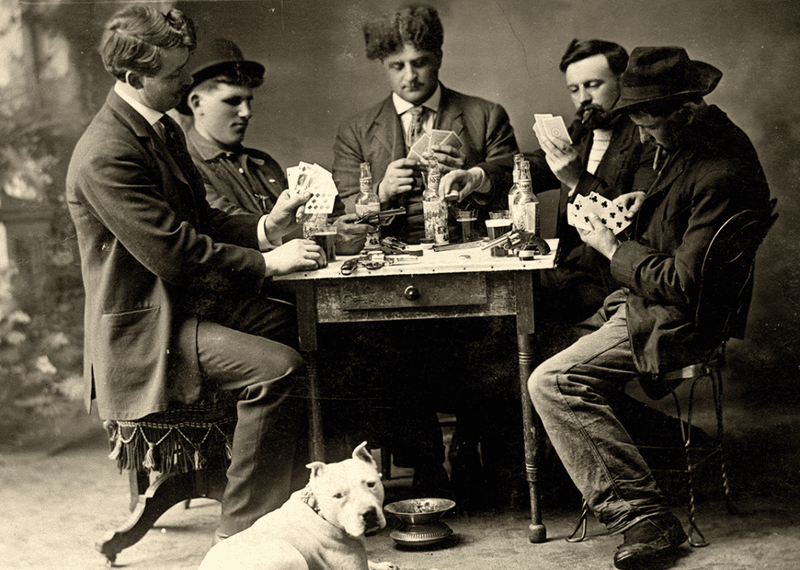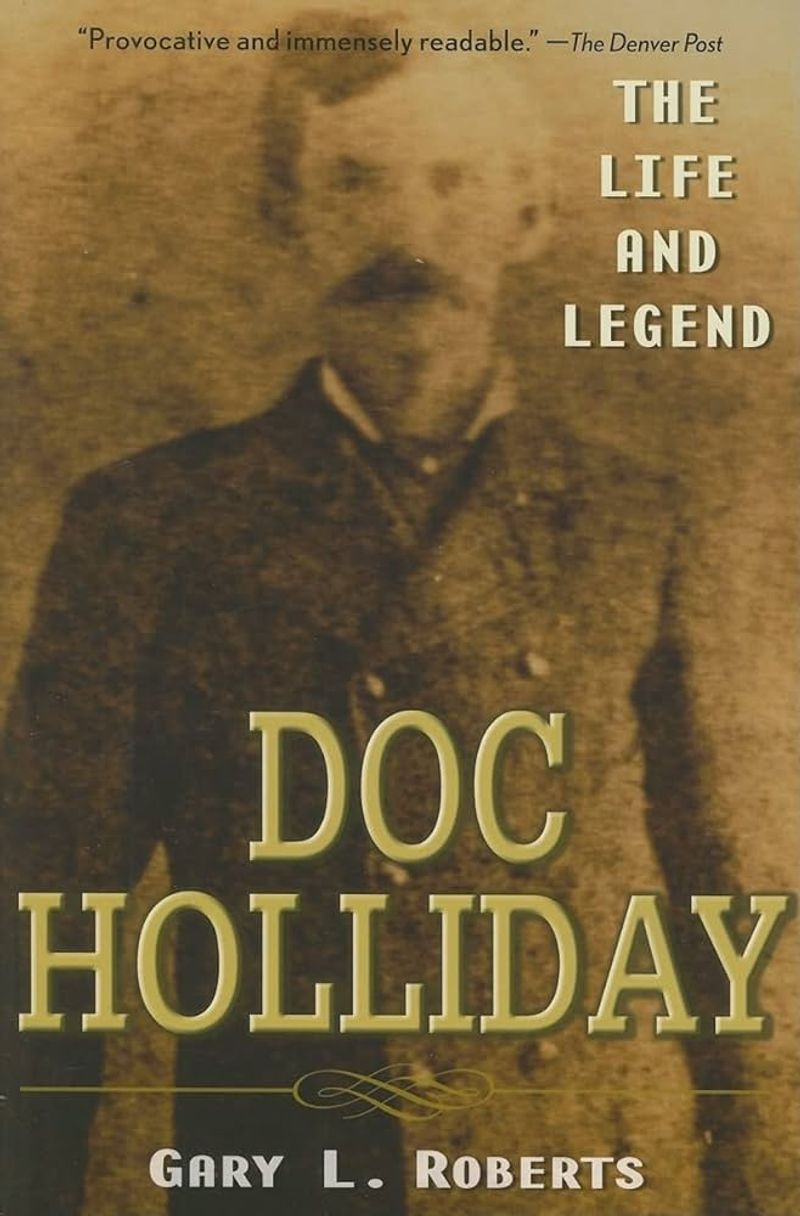Doc Holliday, a figure enshrined in Wild West lore, has often been depicted in films as a gunslinging legend.
However, actual historical records reveal a more nuanced and complex individual.
This blog post explores 15 aspects of his life that are frequently misrepresented in movies, shedding light on the truth behind the man.
1. Educated Beginnings
It might surprise you to learn that Doc Holliday wasn’t just another gunslinger roaming the Wild West. In fact, he began his journey as a well-educated southern gentleman.
With a degree from the Pennsylvania College of Dental Surgery, Doc was on track for a respectable career.
But life had other plans, and he eventually traded his dental chair for the unpredictable life of gambling and dueling. His start speaks to a man of intellect, not just guns.
2. Dental Aspirations
Before tales of gunfights defined his legacy, Doc Holliday was a dentist. Movies often skip over this part, but he was dedicated to his practice. Despite his later notorious lifestyle, Doc’s early years were marked by a passion for dental care.
It’s a vivid reminder that his life wasn’t solely about saloons and shootouts. His skills in dentistry were acknowledged, yet fate led him to a different destiny—a story untold by Hollywood.
3. Battle with Tuberculosis
Doc Holliday’s life was overshadowed by a relentless battle with tuberculosis, a reality often glossed over in films. Despite this, he maintained a certain resilience, a determination to live life on his terms.
The illness ultimately claimed him at 36, a somber departure from the dramatic showdowns depicted on screen. His real-life struggle with tuberculosis paints a picture of vulnerability and quiet courage, a hero in his own right, battling an unseen enemy.
4. Complex Friendship with Wyatt Earp
The friendship between Doc Holliday and Wyatt Earp was far more intricate than Hollywood portrays. While films highlight their camaraderie, historical records reveal moments of tension and disagreement.
Their friendship was a blend of loyalty and conflict, shaped by the harsh realities of their time. This portrayal adds depth to their relationship, illustrating how even legends faced human struggles.
Doc and Wyatt were partners, yes, but human, with all the complexities that entails.
5. Wit Over Violence
Doc Holliday is often remembered for his quick draw, but it was his sharp wit that truly set him apart. In the saloons, he was as much a verbal sparrer as he was a gunman.
His intelligence was his real weapon, capable of disarming foes with humor rather than bullets.
This side of Doc, less dramatic than gunfights but equally compelling, shows a man who valued intellect over violence, a nuance often lost in cinematic adaptations.
6. Understated Gunfighting
Though known as a gunslinger, Doc Holliday’s approach to gunfighting was more about reputation than action. He understood the power of psychological warfare. His legend grew not just from the bullets he fired but from the aura he cultivated.
This understated approach reveals a strategic mind, preferring to end conflicts before they even began. It’s an aspect of his life that contradicts the constant shootouts shown in movies.
7. More Than a Drinker
Movies often depict Doc Holliday as a perpetually intoxicated figure, but his drinking was more nuanced. It was influenced by his health and personal struggles.
His relationship with alcohol was complex, a coping mechanism rather than a sign of constant indulgence.
This portrayal adds layers to his character, moving beyond the one-dimensional drunkard stereotype. Doc was a man facing immense challenges, seeking solace however he could.
8. Selective Public Persona
Doc Holliday wasn’t universally known as a folk hero; his reputation was selective. Among gamblers and frontier figures, he was a legend, but to the wider public, he remained enigmatic.
His image was carefully crafted, a mix of enigmatic charm and selective visibility. This nuanced public persona is often missed in films that portray him as a ubiquitous icon. In reality, Doc was a man of mystery, known to those who mattered.
9. Legal Navigation
Doc Holliday’s relationship with the law was not as rebellious as films suggest. Instead of blatant lawlessness, he adeptly navigated the legal and social systems to his advantage.
His defiance was strategic, not reckless. This portrayal of Doc shows a man aware of the boundaries, playing within them when necessary. It paints a picture of cunning, challenging the idea of the outlaw gunslinger with a more calculated, intelligent figure.
10. Romantic Relationships
Contrary to the romanticized Hollywood portrayals, Doc Holliday’s relationships were far less dramatic. His liaisons were complex, often shadowed by his health and lifestyle.
These relationships were shaped by his circumstances, lacking the romantic flair depicted in films.
This view acknowledges the reality of his personal life, where romance was a whisper rather than a roar. Doc’s partnerships were real, grounded in the gritty reality of his existence.
11. Absence of Military Exploits
Films sometimes attribute a military background to Doc Holliday, yet he never served. His life was shaped by personal battles, not military ones. This absence of military exploits speaks to a life driven by personal rather than patriotic causes.
His legend grew from the streets of frontier towns, not battlefields. It’s a critical distinction that shifts focus from imagined heroics to the real challenges he faced, portraying a man of personal courage rather than military might.
12. Quiet Final Moments
The end of Doc Holliday’s life is often dramatized, but historical records tell of a quieter passing. His death was not marked by fanfare, but by the quiet resignation of a man who had lived fiercely.
This more subdued end highlights his humanity, contrasting sharply with cinematic dramatizations. Doc’s final hours were reflective, a period of contemplation rather than chaos, a poignant conclusion to a tumultuous life.
13. Limited Involvement in Major Duels
While movies showcase Doc Holliday in numerous legendary shootouts, his actual involvement was limited. Picture him on the periphery of a skirmish, watching with a calm, knowing look, more observer than participant.
His reputation often stemmed from fewer, less dramatic encounters than Hollywood suggests. This limited involvement in major duels emphasizes a man more strategic than reckless, preferring the power of reputation over the chaos of constant gunfights.
It’s a narrative that speaks to his intelligence, using the myth of his prowess to maintain peace through deterrence.
14. Subtle Impact
Doc Holliday’s impact was far more subtle than the Wild West legend suggests. Imagine him at a poker table, intense eyes studying his hand, the room hanging on his every move.
His influence was quiet, driven by circumstance and personal challenges rather than overt violence. Doc was a man of intellect, navigating the frontier with calculated risks.
This subtlety is often overshadowed by Hollywood’s dramatic portrayals, yet it paints a picture of a man whose legacy was built on the quiet strength of intellect and perseverance. His story is one of nuanced influence.
15. Cultural Nuance
The intellectual side of Doc Holliday is often overshadowed by his cowboy image. Picture him in a quiet library, surrounded by books, his focus intent on the pages before him.
Historical records emphasize his well-read nature, a man of culture hidden beneath the rugged exterior. This side of Doc reveals a depth often missed in film portrayals, where gunfights overshadow intellect.
His story is richer, encompassing a man who valued knowledge and possessed a cultured mind, a far cry from the simplistic gunslinger of popular imagination.
